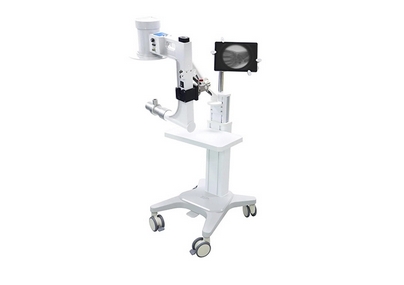Did you know that X-rays are one of the most valuable tools in modern veterinary medicine? Whether your furry friend has swallowed a mystery object, limped after a playful leap, or needs a routine check-up, veterinary radiography helps vets see beneath the surface to deliver life-saving insights! Let’s explore why X-rays are a game-changer for pet care.

Why X-rays Matter
X-rays allow veterinarians to diagnose fractures, detect tumors, locate foreign bodies (like that missing sock your pup ate!), and monitor conditions like arthritis or heart disease. They’re non-invasive, quick, and provide real-time images to guide treatment plans. Early detection = better outcomes ! Veterinary and human X-ray systems share core imaging principles, their designs diverge to address distinct challenges:
Veterinary Systems: Prioritize portability, species adaptability, and rapid workflows for diverse, often uncooperative patients.
Human Systems: Focus on ultra-high resolution, stringent radiation safety, and seamless hospital integration.
How Does It Work?
Using safe, low-dose radiation, X-rays capture images of bones, organs, and tissues. Pets are often positioned gently on a table (sometimes with cozy restraints or light sedation for anxious buddies). Advanced digital systems minimize radiation exposure while delivering crystal-clear results.
Advantage
- Milliampere volume of veterinary X-ray machine low particularly, only 0.05~0.5mA. More than 10mA of the X-ray machine (including 10ma) protection against free use, such as: lead room, lead screens and the people who must wear the leading clothing and so on. The general to use is 200mA,500mA,800mA and so on, the damage is more than it.
- Easy to handle and operate. Different from conventional machine, Bojin® machine can work without darkroom, because of the special intensifier, although the current is very low. It’s small, light, the main unit is only 3㎏, only except direct light cause visual light reflection, the machine can work at any light room, all these feature can reduce operation patient’s second time injure by moving, thereby avoiding medical tangle. Furthermore, Bojin® machine can be used easily, conveniently and efficiently in operating room, plaster room, emergency room or go one’s rounds, to make sure the operation is perfect.
- High sensitivity, high resolution intensifier let us fluoroscopy the bone of four limbs, shoulder joint, hip joint, cervical vertebra and other parts without darkroom, avoid the dangers caused by big conventional machine, and bring you a new effect.
- AC and DC makes it convenient to be used in anywhere.

Safety First: Debunking Myths
Worried about radiation? Don’t be! Veterinary X-rays use up to 90% less radiation than human medical X-rays. Safety measures include:
- Lead aprons to protect sensitive areas.
- Tailored protocols for puppies, kittens, or pregnant pets.
- Quick exposure times (often faster than a camera flash!).
When Your Pet Might Need an X-ray:
- Unexplained limping or pain (Is it a sprain, fracture, or something else?)
- Persistent coughing or labored breathing (To check for heart enlargement or lung disease)
- Sudden vomiting or bloating (Could indicate a blockage or life-threatening GDV)
- Pre-surgical planning (Ensuring precise repair of complex fractures)
- Dental health (70% of tooth issues hide below the gumline—dental X-rays are a must!)
Fun Fact: Some clinics even use portable X-ray machines for farm animals or wildlife rescues—imagine X-raying a turtle’s shell or a bird’s delicate bones!
Pro Tip: Always share your pet’s full medical history with your vet. Even tiny details can help interpret X-ray results accurately!
